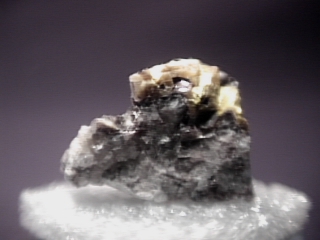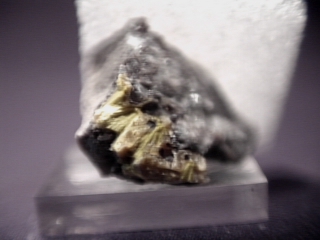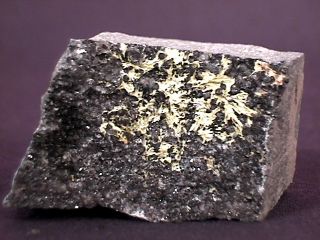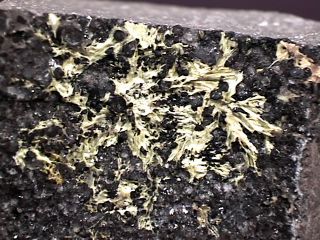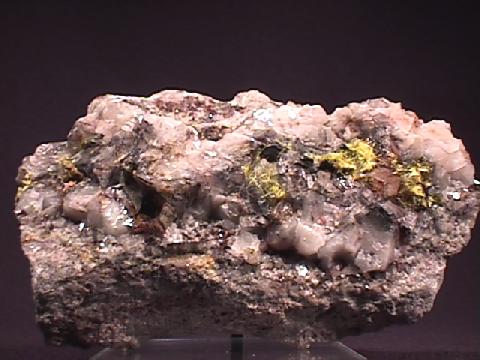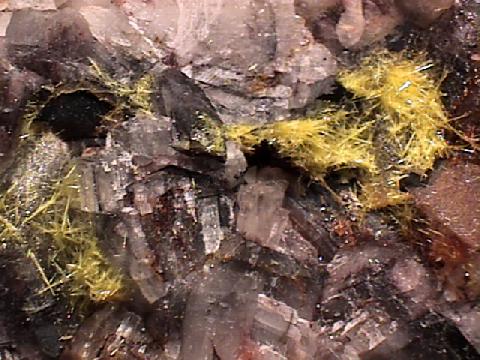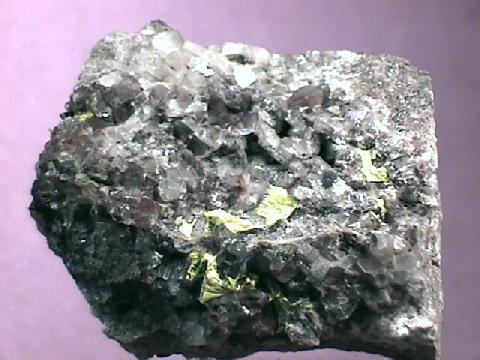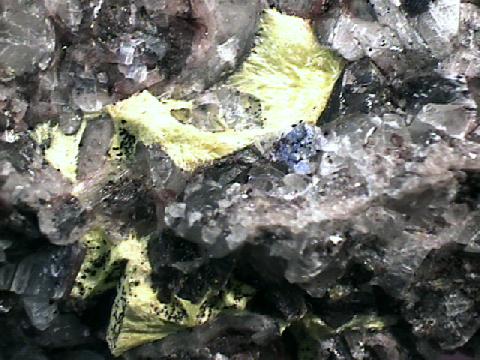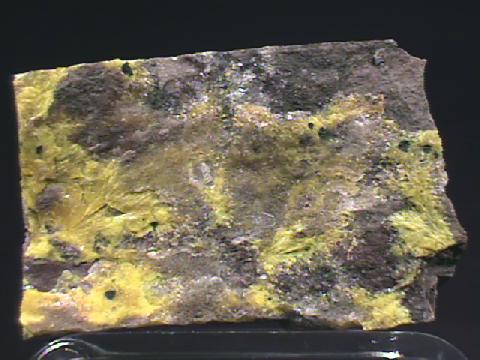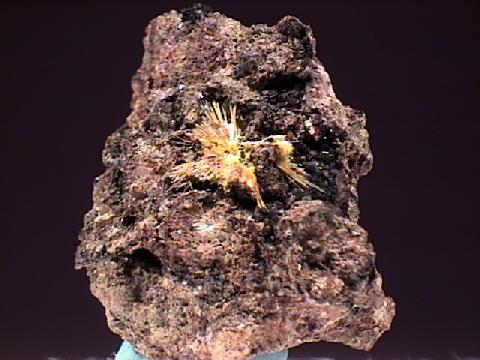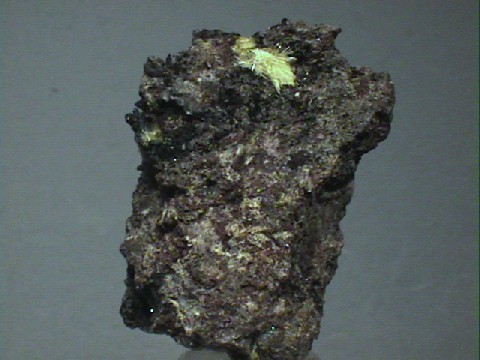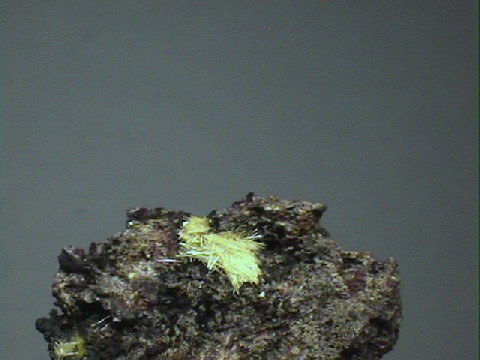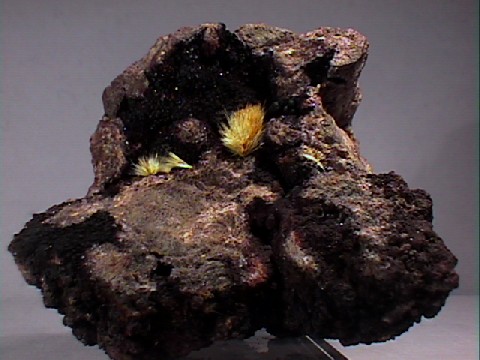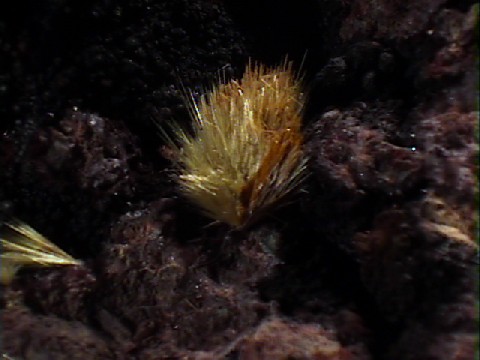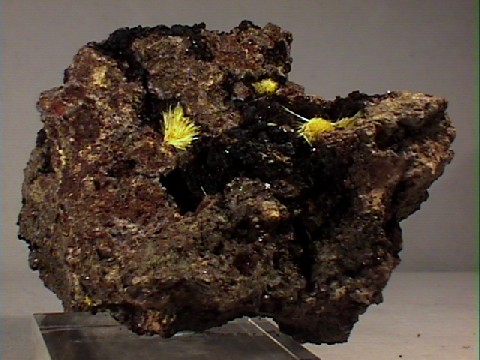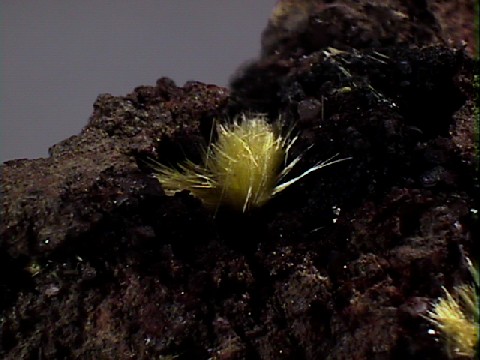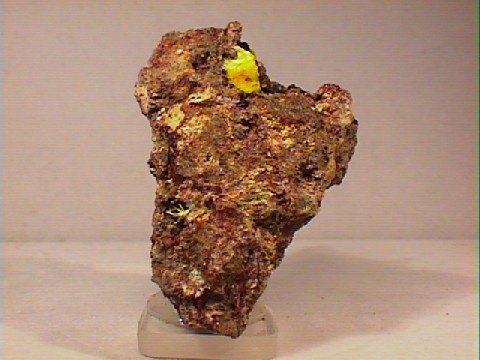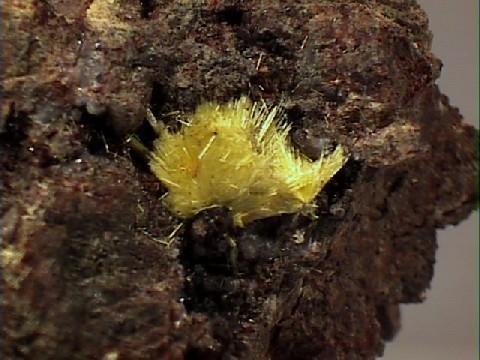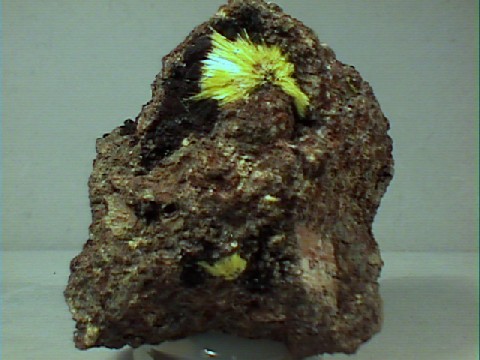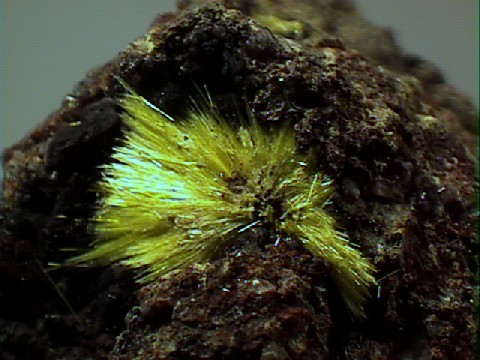 The Mineral URANOPHANE
The Mineral URANOPHANE
- Chemistry: Ca(UO2)2Si2O7 - 6H2O, Hydrated Calcium Uranyl Silicate.
- Class: Silicates
- Subclass: Nesosilicates
- Uses: mineral specimen and minor ore of uranium
Specimens
Uranophane, also known as uranotile, is a rare mineral that forms from the oxidation of uranium-bearing minerals. It is closely related to two other uranium bearing minerals cuprosklodowskite and sklodowskite, but is more common than either of them. They all form similar acicular or hair-like crystals that form radial aggregates and tufts. The color of uranophane is bright butter yellow while cuprosklodowskite is dark green and sklodowskite is a bronze to golden yellow.
Uranophane forms interesting specimens and fine specimens are sought after by collectors of rare uranium minerals. Remember, this is a radioactive mineral and should be stored away from other minerals that are affected by radioactivity and human exposure should definitely be limited.
PHYSICAL CHARACTERISTICS:
- Color is usually a butter yellow to bright lemon yellow also amber to brown.
- Luster is vitreous to silky.
- Transparency: Crystals are transparent to translucent.
- Crystal System: Monoclinic.
- Crystal Habits are typically fibrous or acicular tufts, radial aggregates and crusts.
- Cleavage: perfect in one direction.
- Hardness is 2 - 3.
- Specific Gravity is approximately 3.8+ (above average for translucent minerals)
- Streak is pale yellow.
- Associated Minerals are uraninite, torbernite, autunite, zeunerite, sklodowskite, cuprosklodowskite and other uranium ore oxidation zone minerals.
- Other Characteristics: Radioactive and somewhat fluorescent greenish yellow.
- Notable Occurrences include Musonoi Mine, Shaba, Zaire; Bergen, Germany and Stone Mountain, Georgia and Hanosh Mine, New Mexico, USA.
- Best Field Indicators are crystal habit, color, associations, radioactivity and fluorescence.

